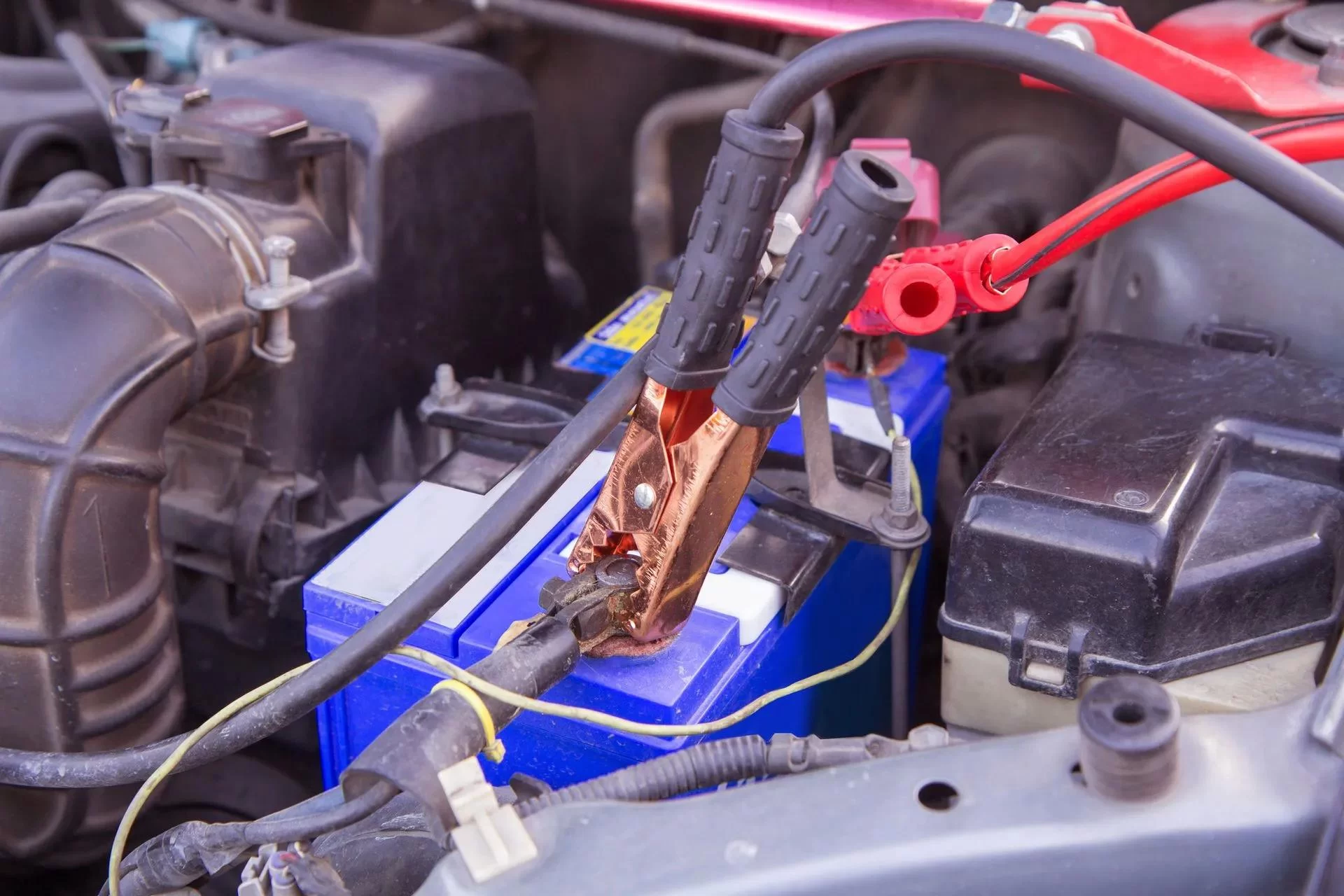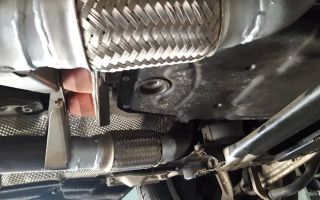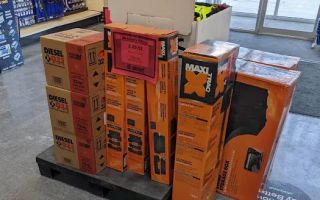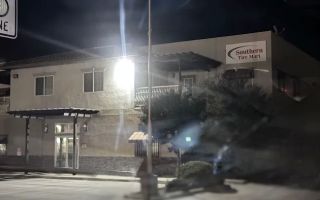How to Tell the Difference Between a Starter and Battery Problem
Nothing is more frustrating than turning the key or pressing the start button only to be met with silence. I’ve been in this situation more times than I’d like to admit, and I’ve learned that not all no-start issues are caused by the same problem. The most common culprits are either a dead battery or a faulty starter, but telling them apart can be tricky. Understanding the difference between these two issues is crucial for making the right repair decision. In this guide, I’ll walk you through the symptoms, testing methods, and solutions for diagnosing whether your car’s failure to start is due to the battery or the starter.

NTB-National Tire & Battery
6315 Prentiss School Dr, Canal Winchester, OH 43110, USA
1. Recognizing the Symptoms of a Battery Problem
A dead or weak battery is one of the most common reasons a car won’t start. From my experience, these are the key signs that indicate a battery issue:

Pep Boys
1200 W Washington Blvd, Los Angeles, CA 90007, USA
1.1 Clicking Sound When Turning the Key
One of the first things I listen for is a clicking sound when I turn the key. If I hear rapid clicking but the engine doesn’t crank, it usually means the battery doesn’t have enough power to engage the starter motor.
1.2 Dim or Flickering Dashboard Lights
When I try to start my car, I check the dashboard lights. If they are dim or flicker, it’s a strong sign that the battery is weak or has a poor connection.
1.3 Electrical Components Not Working
A weak battery will also affect other electrical components. If my headlights, radio, or power windows don’t work or are sluggish, the battery is likely the issue.
1.4 Jumpstart Fixes the Problem
The simplest way to confirm a battery issue is to attempt a jumpstart. If the car starts immediately after connecting jumper cables to another vehicle, it’s almost certain that my battery is the problem.
2. Recognizing the Symptoms of a Starter Problem
If my battery seems fine, but the car still won’t start, the next thing I check is the starter. The starter is responsible for cranking the engine, and when it fails, the car won’t turn over at all. Here’s what I look for:
2.1 A Single Click or No Noise at All
Unlike a weak battery that causes rapid clicking, a failing starter often produces a single loud click or complete silence when I turn the key.
2.2 Engine Won’t Crank Even with a Jumpstart
If my car doesn’t respond to a jumpstart, but the lights and electronics still work, the starter might be the problem.
2.3 Smoke or Burning Smell
A failing starter can overheat if I try to start the car repeatedly. If I smell something burning or see smoke coming from the engine bay, it’s likely due to the starter motor drawing excessive power.
2.4 Tapping the Starter Works Temporarily
In some cases, tapping the starter motor with a wrench or hammer can temporarily get it working. If this trick works, it confirms that the starter is going bad.
3. How to Diagnose the Problem
3.1 Testing the Battery Voltage
To check if the battery is the problem, I use a multimeter to measure its voltage:
- A healthy battery should read between 12.4 and 12.6 volts.
- If the voltage is below 12 volts, the battery is weak and likely needs a charge or replacement.
- If the voltage is fine but the car still won’t start, I move on to testing the starter.
3.2 Checking the Battery Terminals
Corroded or loose battery terminals can prevent the car from starting. I inspect the battery cables and clean off any corrosion with a wire brush.
3.3 Testing the Starter
If the battery checks out, I test the starter by:
- Turning on the headlights and trying to start the car—if the lights dim significantly, the starter may be drawing too much power.
- Listening for a clicking sound when attempting to start the car.
- Tapping the starter motor to see if it temporarily works.
4. Fixing a Battery Problem
4.1 Charging the Battery
If my battery is weak but not completely dead, I charge it using a battery charger before attempting to start the car again.
4.2 Replacing the Battery
If my battery is more than three to five years old and won’t hold a charge, I replace it with a new one.
5. Fixing a Starter Problem
5.1 Checking the Starter Connections
Sometimes, loose wiring connections to the starter can cause issues. I check and tighten all connections before considering a replacement.
5.2 Replacing the Starter
If the starter is faulty, I replace it. This is usually a job best left to a mechanic unless I’m comfortable working under the car.
6. When to Call for Professional Help
If I can’t determine whether the problem is the battery or the starter, or if I’m stranded with a car that won’t start, I call for roadside assistance. A professional can quickly diagnose the issue and either jumpstart my car or tow it to a repair shop.
For fast and reliable assistance, I trust Rescue & Towing. Their expert team can help diagnose battery and starter issues on the spot and provide towing if necessary.
7. Final Thoughts
Understanding the difference between a starter and battery problem has saved me time and frustration. By paying attention to the symptoms and performing simple tests, I can quickly determine whether I need a battery charge, a new starter, or professional help. If I ever find myself stuck, I know I can rely on Rescue & Towing for assistance.





























